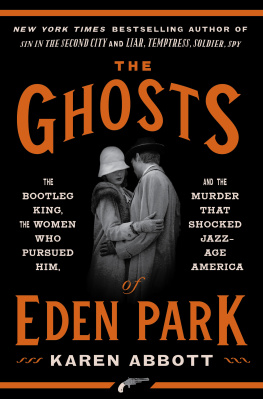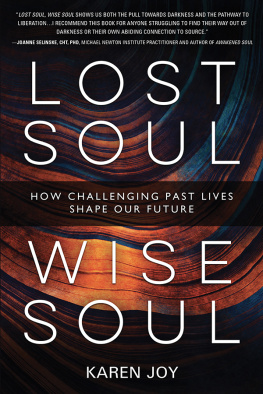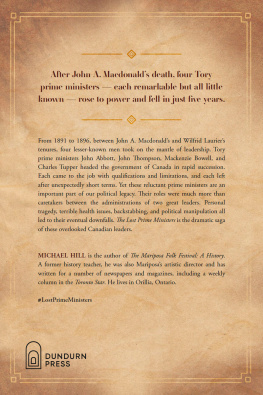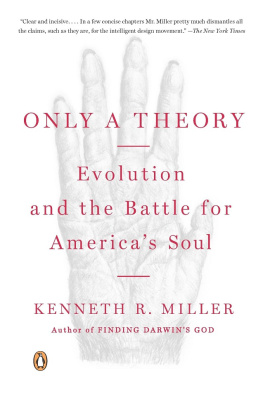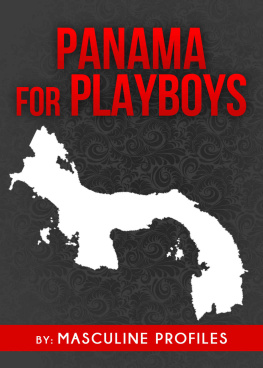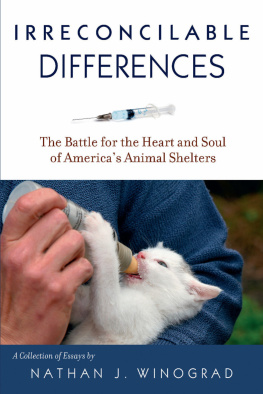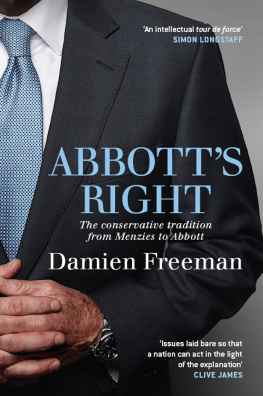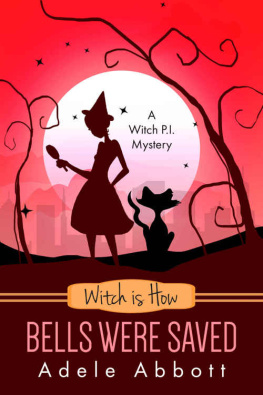

C ONTENTS

F OR L AURA D ITTMAR, MY SCARLET SISTER
Chicago, a gaudy circus beginning with
the two-bit whore in the alley crib.
THEODORE DREISER

State Street in Chicago, circa 1907.
A UTHORS N OTE

THE GIRLS WHO DISAPPEARED
In 1905, a woman named Katherine Filak said her first and final good-bye to the red-roofed cottages and soaring church spires of Ljubljana, Slovenia, and boarded a boat to America. Twenty-one years old and a devout Catholic, she prayed about what lay ahead: work as a domestic and abuse from strange neighborhood men, who tricked her into reciting English curse words. She raised six children, my grandmother among them, and experienced a heartbreak not uncommon to immigrants at the turn of the last century. A sibling who accompanied her on the trip from Europe ventured to Chicago and was never seen again.
This siblings disappearance became her lone defining traitmy great-grandmother, Im told, refused to speak of herand over time Ive imagined this lost relatives face, retraced unknown steps, filled in the blanks of her life by probing the city that might have taken it. Chicago in that year experienced a particularly brutal crime wave; not since a mild-mannered killer stalked the grounds of the 1893 Worlds Fair had its citizens experienced such fear. A reign of terror is upon the city, declared the Tribune. No city in time of peace ever held so high a place in the category of crime-ridden, terrorized, murder-breeding cities as is now held by Chicago.
The daily tallies of muggings, rapes, and homicides were troublesome enough, but a new threatunfamiliar, and therefore especially menacingprepared to creep through Chicago. Young girls stepped from trains into a city steeped in smoke and sina stormy, husky, brawling city, as Carl Sandburg so affectionately wroteand vanished without warning or word. Stories abounded, growing more detailed and honed with each retelling. Predatory men met these girls at depots. They professed love at first sight, promised work and shelter and protection. Instead these girls were drugged, robbed of their virtue by professional rapists, and sold to Levee madams, and were dead within five years.
Most of the brothels in the citys thriving vice district were indeed wicked, block upon block of dingy, anonymous, twenty-five-cent cribs, but one, in remarkably short order, became as well known as Chicago itself. In these pages I tell the story of the Everleigh Club and its iconic madams, their libertine clients and bitter rivalries, and their battle to preserve the empire they so lovingly built. I want to stress that this is a work of nonfiction; every character I describe lived and breathed, if not necessarily thrived, on the Levees mean streets. Anything that appears in quotation marks, dialogue or otherwise, comes from a book, archival collection, article, journal, or government report.
Before opening their world-famous Club, the Everleigh sisters, too, were girls who disappeared, and they reconstructed their histories at a time when America was updating its own. To that end, this book is also about identity, both personal and collective, and the struggle inherent in deciding how much of the old should accompany us as we rush, headlong, into the new.
K AREN A BBOTT
C AST OF C HARACTERS

THE MADAMS

M INNA E VERLEIGH: The outspoken co-proprietor of the Everleigh Club handled promotion, disciplined courtesans, and mingled in the parlors with her boys.
A DA E VERLEIGH: The quiet, elder Everleigh sister interviewed prospective courtesans, balanced the books, and was considered the brains of the operation.
V IC S HAW: The established queen of the Levee until the Everleighs arrival resented the sisters success and did everything in her power to ruin them.
Z OE M ILLARD: A prominent madam in Vic Shaws league who shared her dislike for the Everleigh sisters.
THE LORDS OF THE LEVEE

B ATHHOUSE J OHN C OUGHLIN: This powerful alderman of Chicagos First Ward ordered graft payments, threw an annual ball for denizens of the Levee, and wrote famously awful poetry.
H INKY D INK K ENNA: Bathhouse Johns diminutive, quiet First Ward partner, his shrewd political machinations kept Chicagos Democratic machine running smoothly and profitably.
I KE B LOOM: The clownish yet menacing owner of the notorious Freibergs Dance Hall, he organized graft payments on behalf of the aldermen and was a frequent visitor to the Everleigh Club.
E D AND L OUIS W EISS: The Everleighs neighbors on either side hatched several schemes to lure clients away from the Cluband ultimately became the sisters greatest threat.
B IG J IM C OLOSIMO: A prominent First Ward henchman and brothel keeper, Big Jim was the predecessor to Al Capone. He was also a close friend of the Everleigh sisters despite the fact that he ran an interstate white slavery ring.
M AURICE V AN B EVER: Influential French brothel keeper and Big Jims partner in the white slavery ring.
THE MINISTERS

E RNEST B ELL: A reverend who opened his Midnight Mission in 1904, he preached against segregated vice districts and held nightly open-air sermons outside the Everleigh Club.
M ELBOURNE B OYNTON: The pastor of the Lexington Avenue Baptist Church and one of Bells main saints helped to escalate the war against the Levee district.
D EAN S UMNER: Head of the flock at the Episcopal Cathedral of Saints Peter and Paul and chairman of the Chicago Vice Commission.
THE POLITICIANS

C LIFFORD R OE: The young, ambitious Chicago states attorney used a note tossed from a brothel window to launch Americas obsession with white slaveryand his own career.
E DWIN S IMS: The U.S. district attorney in Chicago entered the fray by raiding French brothels in the Levee and persuaded the federal government to take action.
J AMES R. M ANN: A U.S. congressman and sponsor of the White Slave Traffic Act, otherwise known as the Mann Act.
M AYOR E DWARD D UNNE: Chicagos Democratic mayor from 1905 to 1907, Dunne faced the publics growing anxiety about dance halls, nickel theaters, saloons, and the social evil.
M AYOR F RED B USSE: Dunnes successor, a Republican who served from 1907 to 1911, was sympathetic to saloon keepers, and was eager to stay on good terms with Hinky Dink and Bathhouse John.
Next page

